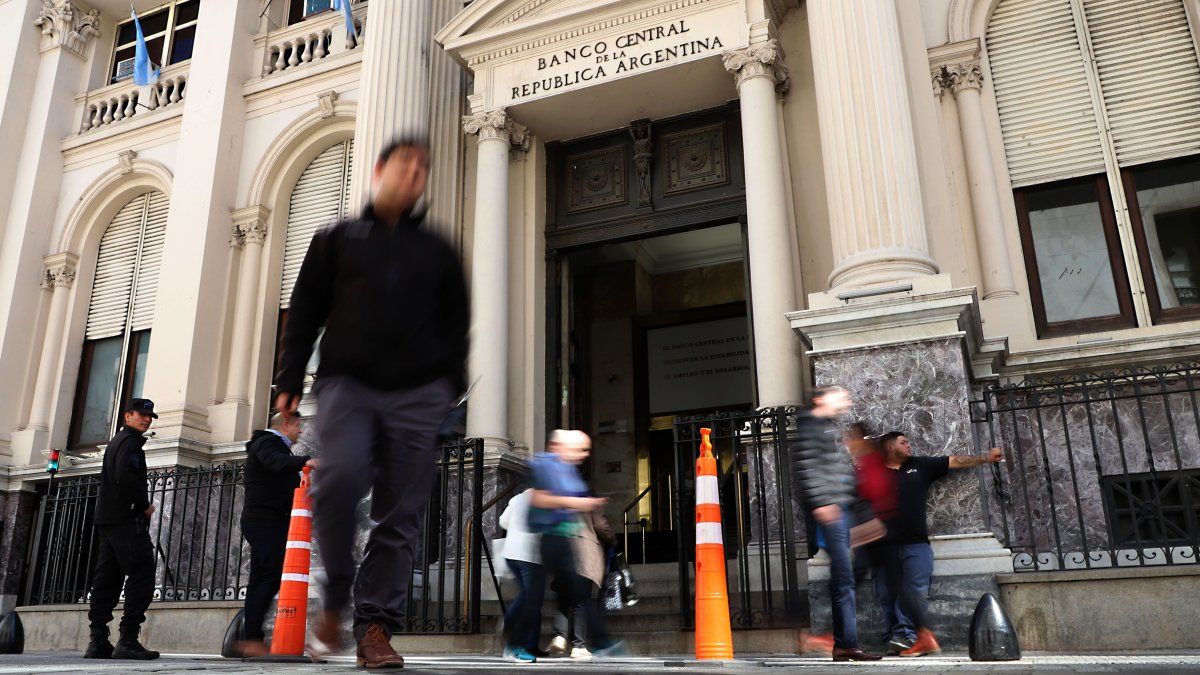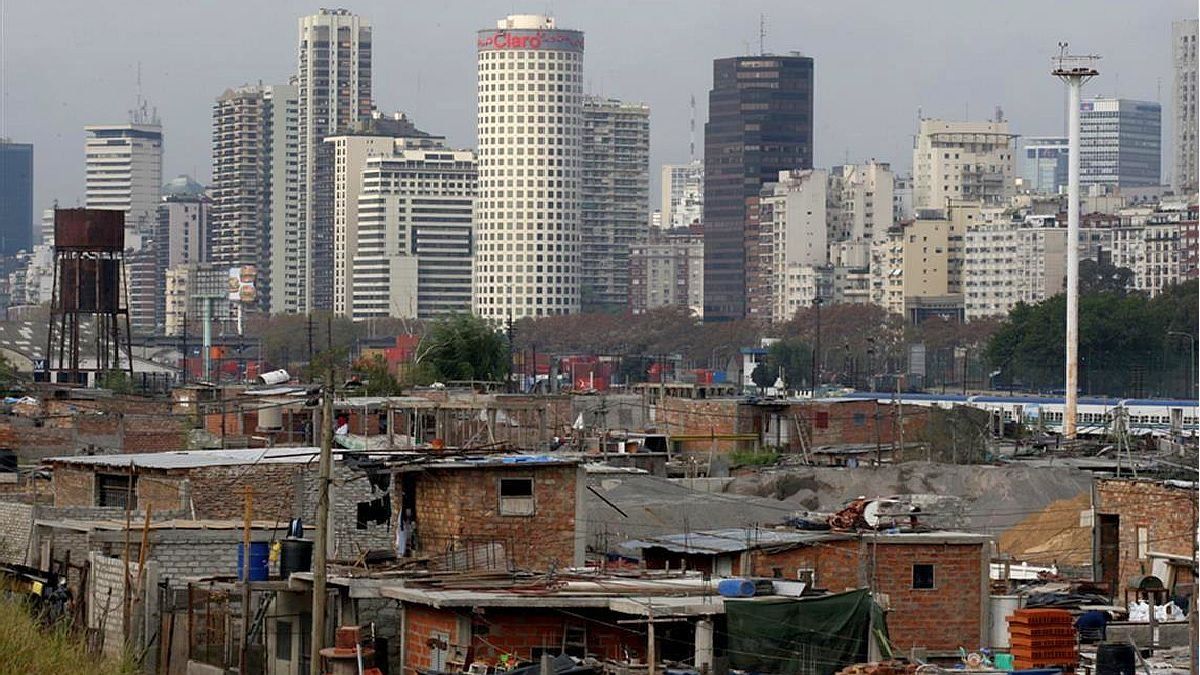In just a few hours, the interest rate for current account overdraftswhich is one of the most frequent mechanisms with which SMEs finance their working capital, It went from around 80% to 190% nominal annually, the highest level in at least 17 years.
That happened between Tuesday and Wednesday. The number made cold sweat run down the backs of more than one businessman who, faced with such an adverse scenario, had to make the decision to Do not take credit and stretch payment terms to its suppliers or similar measures.
The data corresponds as of October 15 and appears in the Central Bank database. The jump is due to the great financial instability that began in mid-July when the Ministry of Economy decided to stop giving continuity to the Liquidity Tax Letters (LEFIs), which was the instrument to manage the daily liquidity of the banks.
It is worth remembering that small and medium-sized companies have the most common mechanisms for short-term financing as uncovered accounts, and the sale of checks. The latter were traded in the Argentine Stock Market (MAV) in a range that goes from 65% annual nominal (in the guaranteed check segment) to 81% annual, in non-guaranteed segments.
Current account advances are the most basic credit that companies use to cover short-term payments (salaries, suppliers, taxes). When the rate triples, the cost becomes prohibitive.
The economist Jorge Gabriel Barreto points out that a rate increase of this magnitude leads companies to a “change in behavior as they begin to prioritize liquidity over expansion.” “The jump in rates leads companies to save cash. Purchases of machinery and replacement of stock are stopped. Investment projects are postponed. Contractionary effect: less expansion, more defensive,” explained the professional.
Marcelo Fernández, head of the General Business Confederation of the Argentine Republic (CGERA)he indicated to Scope that “companies are leaving to use those lines, unless necessary.” He noted that “in just two days in certain banks overdraft rates jumped 20 points. In some cases for second line companies they reached 140%.”
The current level of current account advance rates is the highest since the BCRA began to survey the series, on January 2, 2009.
Wise Capital, a market fund manager, highlighted in its latest daily report that “local currency rates once again showed strong volatilityamid the liquidity shortage and the search for dollar coverage before the elections.”
He remembered that last Thursday The overnight bond ranged between 10% and 93%, closing at around 20%, while the REPO rate rose again to 100%, after having touched 190% the previous day.” “The tension responds to the lack of pesos in the financial system, after the banks reduced their funding to the BCRA,” explained Wise Capital.
Source: Ambito
I am a 24-year-old writer and journalist who has been working in the news industry for the past two years. I write primarily about market news, so if you’re looking for insights into what’s going on in the stock market or economic indicators, you’ve come to the right place. I also dabble in writing articles on lifestyle trends and pop culture news.




